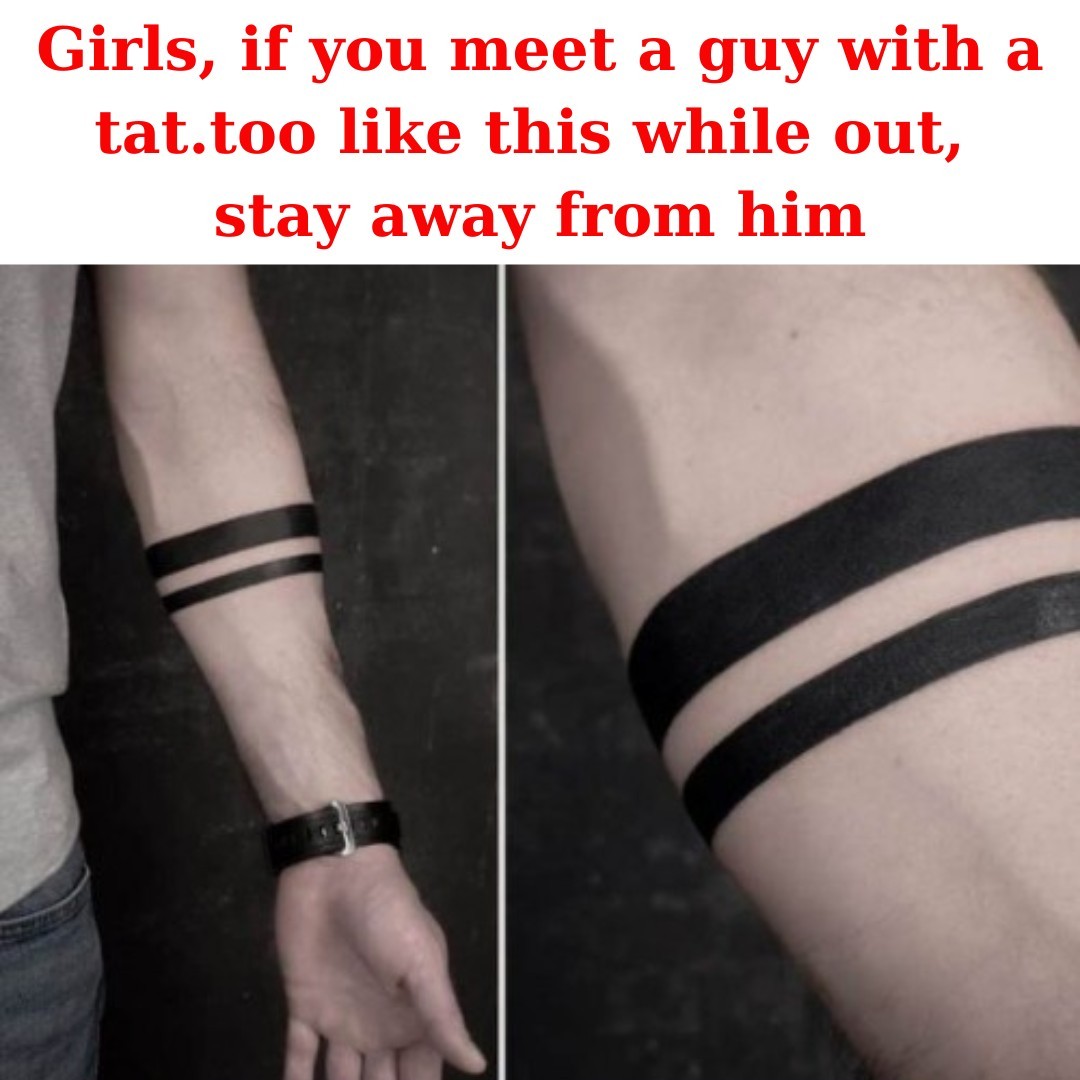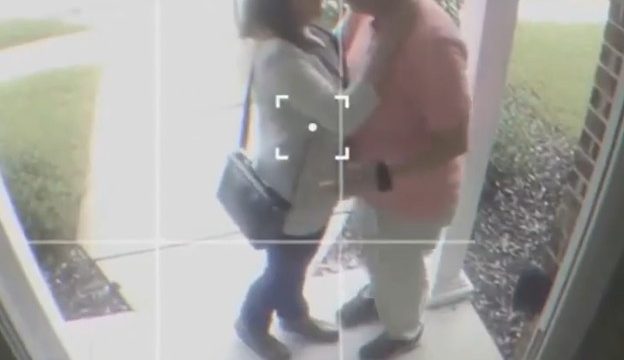Tattoos have always been a powerful medium for self-expression, often carrying deep personal meaning or cultural significance. Over the years, specific tattoo designs have become associated with particular groups, communities, or identities, making them a unique form of communication and connection. Recently, one particular tattoo has sparked intrigue and discussion, with many wondering if it holds a special connection to the LGBTQ+ community. While the meaning behind tattoos is as individual as the people who wear them, this particular design has led to interesting conversations about identity, self-expression, and belonging.

A Symbol of Identity
Tattoos often serve as a way for individuals to express their identity, and some believe that this specific tattoo design has an informal link to the LGBTQ+ community. While not everyone who sports this tattoo may identify as LGBTQ+, for many, tattoos can be a subtle yet meaningful way to signal their sense of self and connection to others who share similar experiences. For those in the LGBTQ+ community, tattoos like these may symbolize pride, resilience, or solidarity with others who have navigated comparable journeys.
The beauty of tattoos lies in their versatility. They can be bold statements that openly declare something about the wearer’s identity, or they can be subtle and understated, with meanings understood only by those who are familiar with their significance. This particular tattoo design seems to fall into the latter category, resonating with individuals who recognize its informal association while remaining deeply personal for each person who chooses it.
Why Tattoos Hold Meaning
Tattoos have a long history as a form of personal and cultural expression. From detailed, intricate artwork to minimalist symbols, tattoos tell stories about the people who wear them. They can commemorate important life events, honor loved ones, or serve as visual reminders of personal growth and transformation. For members of the LGBTQ+ community, tattoos often carry additional layers of meaning. They might represent milestones in their personal journey, declarations of pride, or solidarity with others who share their identity.
@tattoo.vibes7 Don’t get a black bracelet tattoo before watching this video. #tattoomeaning #bracelettattoo #armbandtattoo #bracelet #armband #meaningfultattoo #tattooidea ♬ Rebirth – Lux-Inspira
In many cases, tattoos serve as a way to reclaim autonomy and embrace individuality. For someone in the LGBTQ+ community, this might mean using a tattoo to celebrate their identity or to mark a turning point in their life, such as coming out or finding acceptance. These tattoos can become symbols of resilience, a way to honor the struggles they’ve faced, and a celebration of the community they are proud to be part of.
The Importance of Avoiding Stereotyping
While certain tattoos may be associated with specific communities, it’s essential to avoid making assumptions about someone based solely on their ink. Tattoos are deeply personal, and their meanings vary widely from person to person. Just because someone has a particular design doesn’t necessarily mean they share the same identity or experiences as others who have chosen similar tattoos.
Assuming someone’s identity based on their tattoos can lead to misunderstandings and, in some cases, perpetuate stereotypes. It’s always better to approach these conversations with curiosity and respect. If you’re interested in learning the story behind someone’s tattoo, asking them directly—if they’re comfortable sharing—can be a great way to connect and understand their personal narrative. This approach not only fosters better communication but also shows respect for the individuality and uniqueness of each person’s choices.
A Fun Insight Into Tattoo Meanings
This particular tattoo design has an informal association with the LGBTQ+ community, making it a point of interest for many. However, it’s worth noting that tattoos often have multi-layered meanings, and what resonates with one person might not hold the same significance for another. For some, the tattoo may be a proud emblem of their identity, while for others, it might simply be a design they found visually appealing.
Approaching these conversations with openness and curiosity can lead to meaningful exchanges. When someone is willing to share the story behind their tattoo, it can provide valuable insight into their experiences, values, and the things they hold dear. Tattoos often spark these kinds of moments, creating connections between people who might not otherwise have crossed paths.
Conclusion
Tattoos are more than just ink on skin—they are visual representations of personal stories, cultural identities, and emotional journeys. Whether someone chooses a tattoo as a form of self-expression, a tribute to a loved one, or a symbol of their identity, each design carries a unique significance. For some in the LGBTQ+ community, tattoos can serve as powerful symbols of pride, solidarity, and resilience, while for others, their meanings may be entirely different.
This particular tattoo design, with its informal connection to the LGBTQ+ community, highlights the multifaceted role tattoos play in our lives. They can spark conversations, connect people, and provide a window into someone’s personal story. However, it’s crucial to remember that tattoos are deeply individual, and their meanings are as varied as the people who wear them. By approaching these conversations with respect and an open mind, we can gain a deeper appreciation for the art of tattoos and the personal stories they represent.





